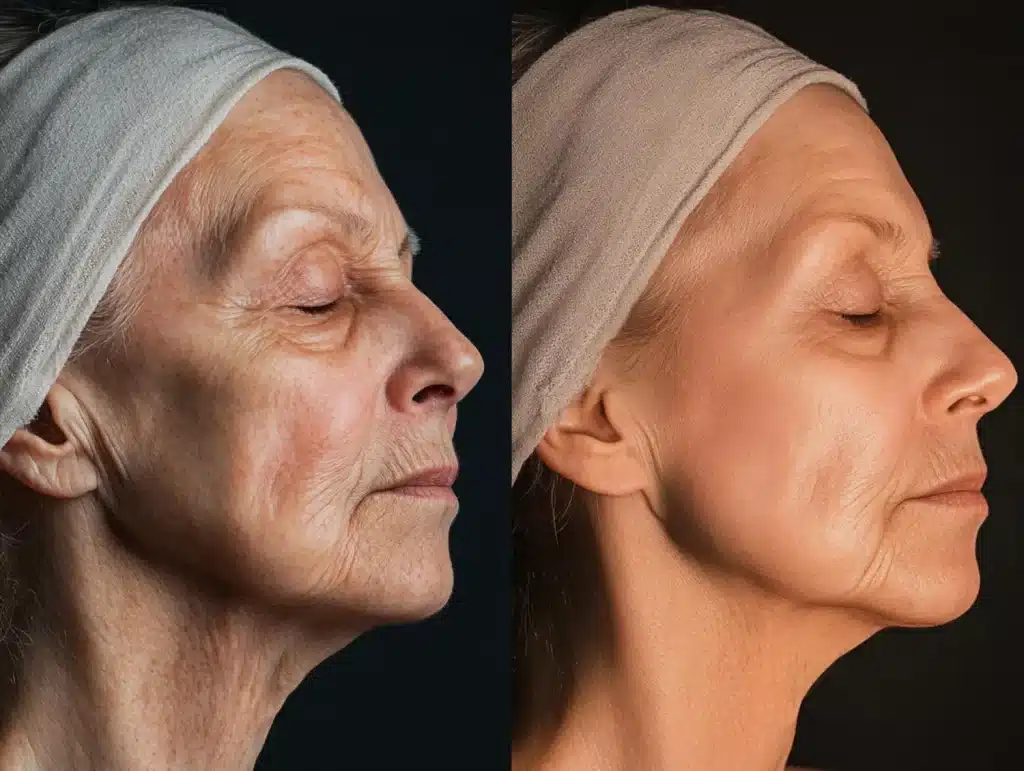Definition
Lidocaine is a local anesthetic that comes in a variety of forms, including gel, cream, injection, spray, eye drop and patch forms. It is used to ease discomfort and pain from sunburn and other minor burns, insect bites, poison ivy, oak or sumac exposure, nerve pain due to shingles infection, and minor cuts or scratches. It is also used in medical procedures, such as venipuncture, and in cosmetic procedures, such as laser hair removal. In addition to being used as a local anesthetic, lidocaine is used intravenously to treat cardiac emergencies. Lidocaine commonly comes in concentrations of 1%, 2% and 4%.
How does it work?
In order to understand how lidocaine works, one must understand how pain is generated. Pain occurs as a result of the stimulation of pain receptors located at the nerve endings. As a result of this stimulation, sodium passes through the nerve endings via voltage gated sodium channels, resulting in the generation of an electrical signal. Once strong enough, this signal is transmitted to the brain, where it is interpreted as pain. Lidocaine stops sodium from accessing the nerve, thereby blocking the pain signal pathway. Specifically, lidocaine binds to and blocks the voltage gated sodium channels in a 1:1 fashion, preventing sodium from passing through.
How can it help your practice
Being among the most popular local anesthetics used in dermatologic surgeries, lidocaine is an extremely helpful product for your practice. For instance, when preparing to perform facial cosmetic procedures which involve cosmetic injections (e.g. dermal filler procedures), the addition of lidocaine will either diminish or completely eliminate the pain felt by your patients when the solution is injected into sensitive facial tissue. Reducing tissue swelling that results from solutions being injected subcutaneously, is another benefit. By noticeably reducing the swelling, you can more accurately and effectively re-sculpt and correct facial features. Another benefit to use of lidocaine is the help it has in relaxing your patient during the procedure, optimizing the patient’s experience. Additionally, when you use lidocaine during procedures that take an extended time, it eliminates any need for general anesthesia.
You can use lidocaine in a variety of forms in your practice. It can be used intravenously for skin cancer excision and reconstruction, and has been reported to be less risky than conscious sedation or general anesthesia according to studies. The use of intravenous lidocaine also facilitates performing such procedures in an outpatient clinic setting rather than a hospital setting, which can decrease the risks associated with hospital admission. Lidocaine can also be used in tumescent anesthesia. It can be used intravenously for relative tumescence of the forehead, temple, and scalp during browlift surgery to provide long-term pain relief post-op. You can also use lidocaine in tumescent anesthesia for liposuction.
Lidocaine may be applied topically for various procedures, including micro needling, skin biopsies, small excisions, skin resurfacing via laser and light-based devices, laser treatment of AKN, laser hair removal, electro cautery on genital condylomas, tattoo removal, and other procedures that require injections, including cosmetic fillers like Restylane. Topical lidocaine is also helpful in providing anesthesia for open wounds, which is particularly helpful during Mohs micrographic surgery, when you may need to maintain anesthesia for a long time. Using 2% lidocaine jelly on an open wound can prolong the period of intravenous lidocaine anesthesia by almost 50%. Topical lidocaine can also decrease the dose of infiltration anesthesia needed for larger procedures.
Lidocaine creams can be particularly helpful for your practice as they are user and patient friendly; no injections are needed, and the application is easy and comfortable. This makes them particularly helpful for managing patients who suffer from needle phobia. Lidocaine creams also have minimal side effects. What’s more, unlike other topical anesthetics, topical lidocaine is safe for pregnant and nursing women.





















